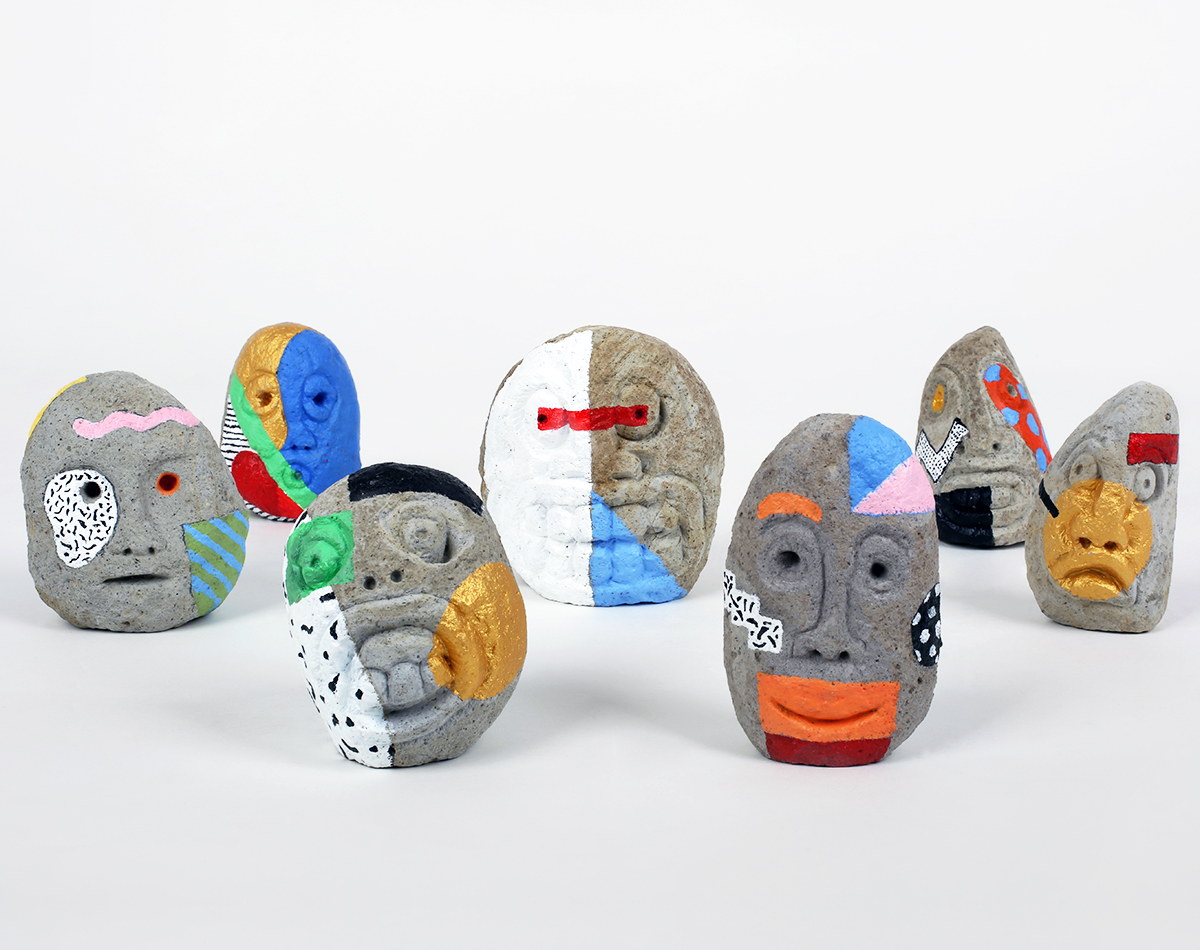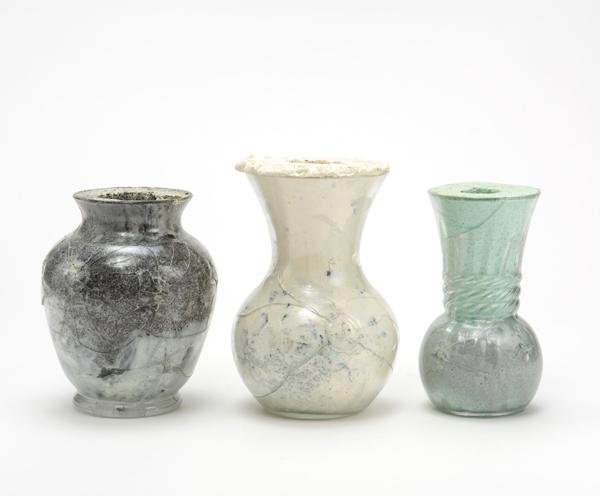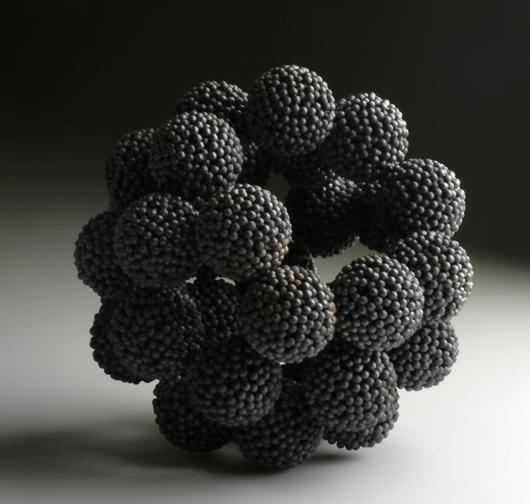
05.12.14
Sight Unseen OFFSITE
Field Experiments
From June to September 2013, Benjamin Harrison Bryant (New York), Paul Marcus Fuog (Melbourne) and Karim Charlebois-Zariffa (Montreal) set up a studio in Lodtunduh, a farming community on the outskirts of Ubud in Bali, where they generated a trove of conceptual works through daily experimentation. They collaborated with local stonemasons, woodcarvers, batik-makers, kite designers, and painters, all while "absorbing the sights and sounds of everyday Balinese life and documenting commonplace objects, agricultural implements, traditional dress, and makeshift items from the local culture," they write on the project's website. The result is a collection of more than 100 handmade objects meant to "challenge the traditional notion of the souvenir." At Sight Unseen OFFSITE, the collective will present these Field Experiments for the first time, including sketches, photographs, and personal stories from the makers.

